Video has become essential for successful digital marketing. Businesses using video grow revenue faster than those that don't, while websites featuring video content experience nearly doubled conversion rates. Understanding how to create a winning video content strategy is crucial to harnessing this potential in today's competitive digital landscape.
Setting Strategic Objectives That Drive Results
Before diving into video creation, you need clear business objectives to guide your content strategy. Without defined goals, even the most visually stunning videos might fail to deliver meaningful business results.
Using the SMART Framework for Video Objectives
To create video content that delivers ROI, use the SMART framework:
- Specific: Define exactly what your video content should accomplish
- Measurable: Establish concrete metrics to track success
- Achievable: Set realistic goals based on your resources and market position
- Relevant: Align video objectives with broader marketing and business goals
- Time-bound: Set deadlines for achieving your objectives
Focusing on Business-Driving KPIs
While view counts provide immediate feedback, they rarely tell the full story. Focus on KPIs that directly impact business outcomes:
- Engagement metrics: Average watch time, completion rate, and interaction rate
- Conversion metrics: Click-through rate, lead generation, and sales attribution
- Customer journey metrics: Influence on time-to-purchase and customer lifetime value
- Brand impact metrics: Changes in brand awareness, perception, and recall
Take inspiration from retailers using shoppable video to host cooking demonstrations featuring celebrity chefs. Their objective isn't just to accumulate views—it's to showcase products in action and drive immediate purchases.
Real-World Success Through Strategic Objectives
When publishers switch to short-form, video-powered experiences, they don't just aim for more content—they set specific objectives around user engagement. The results often include significantly increased video plays and average time spent on site.
Similarly, real estate platforms have demonstrated the power of strategic video objectives when repurposing long-form content into shorter videos. The shorter versions typically receive substantially more engagement—proving that aligning content format with viewer preferences drives significantly better results.
Audience Intelligence: The Cornerstone of Effective Video Strategy
Understanding your audience goes far beyond basic demographics. To create video content that truly resonates, you need deep insights into who your viewers are, what motivates them, and how they consume content.
Creating Video-Specific Audience Personas
Traditional buyer personas provide valuable information, but effective video content requires specialized audience profiles that account for content consumption preferences:
- Analyze existing video engagement data to identify viewing patterns
- Conduct interviews or surveys specifically about video content preferences
- Include platform preferences (Instagram Reels vs. YouTube vs. TikTok)
- Document format preferences (short-form, long-form, livestreams)
- Note viewing contexts (mobile on-the-go, desktop deep-dives)
For example, a general persona might identify "Marketing Managers aged 30-45," but a video-specific persona would add that they prefer quick tutorial videos under 3 minutes, typically watch on mobile during their commute, and engage most with content that provides actionable tips.
Analyzing Audience Consumption Habits
The way your audience consumes video content should directly inform your strategy:
- Examine platform-specific analytics to understand where your audience spends time
- Identify peak viewing times and patterns
- Map content themes to audience interests and pain points
- Look beyond demographics to understand psychological motivations
Psychological segmentation is particularly powerful for video content. When you understand what drives your audience emotionally—their values, fears, aspirations, and challenges—you can create content that forms a deeper connection.
Content Mapping: Building a Cohesive Video Ecosystem
Creating a strategic video content ecosystem requires careful planning across the entire customer journey. By mapping different video formats to specific stages of the purchase funnel, you can guide prospects from initial awareness through to loyal advocacy.
Full-Funnel Video Content Strategy
To build an effective video marketing strategy, you need to understand which video formats work best at each stage of the customer journey:
Awareness Stage
At this stage, focus on capturing attention with videos that introduce your brand and establish your expertise:
- Educational short-form videos: Create bite-sized content that addresses common questions or pain points in your industry
- Behind-the-scenes content: Humanize your brand by showcasing your team, values, and company culture
- Trend-based videos: Leverage current topics and seasonal themes to increase relevance and timeliness
Consideration Stage
As prospects evaluate options, provide deeper information and build credibility:
- Product showcase videos: Highlight key features and benefits in action
- Tutorial content: Demonstrate how your products solve specific problems
- User-generated content: Incorporate customer testimonials and reviews to build trust
Companies effectively use video reviews from existing customers on their website, giving potential customers authentic information during the consideration phase.
Decision Stage
When customers are ready to purchase, remove final barriers with content that facilitates conversion:
- Shoppable videos: Include interactive elements that allow viewers to purchase products directly
- Live shopping events: Host real-time demonstrations with the ability to answer questions
- Comparison videos: Address common objections and show your advantage over alternatives
Many retailers host cooking livestreams featuring celebrity and influencer chefs while showcasing their products, making it easy for viewers to purchase ingredients directly.
Loyalty Stage
After purchase, strengthen relationships and encourage repeat business:
- Customer spotlights: Feature loyal customers and their success stories
- Exclusive content: Create "insider" videos for existing customers
- Community-focused content: Build a sense of belonging among your customer base
Developing an Interconnected Video Content Calendar
An effective video content calendar connects different video formats into a cohesive journey:
- Start with business objectives: Align your video calendar with broader marketing initiatives and seasonal priorities
- Create content series: Develop interconnected video series that naturally lead viewers from one stage to the next
- Plan for cross-platform distribution: Determine how each video will be adapted for different platforms while maintaining consistent messaging
- Build content repurposing into your strategy: Plan how longer videos can be cut into shorter segments for different channels and purposes
- Establish content themes and pillars: Create monthly or quarterly themes that allow for content variety while maintaining strategic focus
- Schedule based on customer behavior: Time your content releases to align with when your target audience is most receptive and active
- Include measurement milestones: Schedule regular performance reviews to evaluate what's working and adjust accordingly
Remember that cohesion is key—your videos should feel like parts of the same conversation rather than disconnected messages. By thoughtfully mapping content to each stage of the customer journey and creating clear pathways between videos, you'll build a video ecosystem that effectively guides customers through the entire purchase funnel.
Platform Strategy: Maximizing Impact Across Channels
Creating effective video content isn't just about what you say—it's also about where and how you say it. Each platform has its own unique ecosystem, audience expectations, and technical requirements that can dramatically impact your content's performance.
Platform-Specific Optimization Techniques
Different platforms attract distinct audiences with varying expectations, which means your video strategy needs to be tailored accordingly:
- Instagram: Perfect for visually-driven, younger audiences. Videos should be visually striking with strong aesthetic appeal. Keep Reels under 60 seconds, use trending sounds, and focus on lifestyle content that feels authentic rather than overtly promotional.
- TikTok: Home to trend-driven, entertainment-focused content. Videos that feel native to the platform perform best—think casual, slightly edgy, and hook-driven.
- YouTube: Supports both short and long-form content, with a focus on informational and educational videos. While Shorts compete with TikTok and Reels, traditional YouTube videos allow for deeper storytelling and detailed explanations. Optimize descriptions with relevant keywords and create compelling thumbnails.
- LinkedIn: Caters to a professional audience seeking industry insights and thought leadership. Videos should be polished, informative, and value-driven, focusing on business challenges, solutions, and professional development.
Beyond content style, each platform has technical specifications that require attention:
Platform Optimal Length Aspect Ratio Caption Requirements Instagram Reels 15-30 seconds 9:16 (vertical) Short, emoji-friendly TikTok 15-60 seconds 9:16 (vertical) Conversational, trending YouTube Shorts Under 60 seconds 9:16 (vertical) SEO-optimized YouTube Standard 7-15 minutes 16:9 (horizontal) Detailed, searchable LinkedIn 30-90 seconds 16:9 or 1:1 Professional, insight-driven
Emotional Storytelling: The Science of Video That Resonates
When it comes to creating truly engaging video content, emotional storytelling is the secret sauce that transforms ordinary content into memorable experiences that drive action. The science behind this is fascinating—our brains are literally wired to respond to stories that trigger emotional responses.
Psychological Elements of Engaging Video Content
The most powerful videos tap into fundamental human psychology through these key elements:
- Emotional triggers: Successful videos activate specific emotional responses like joy, surprise, or empathy. These emotional triggers create stronger memory imprints than logical arguments alone.
- Narrative structure: Our brains are naturally attuned to follow stories with clear beginnings, middles, and ends. Frameworks like the Hero's Journey can be particularly effective, as they mirror how we process our own life experiences.
- Relatable characters: Viewers need someone to identify with or root for. This is why testimonials and customer stories can be so powerful—they provide natural characters for your audience to connect with.
- Tension and resolution: Creating a sense of tension before offering a solution mirrors how our brains process challenges in real life, making the resolution more satisfying.
Many successful brands demonstrate this approach in their marketing videos. Rather than focusing on technical specifications, they tell stories about how their products enhance human connection and creativity. Campaigns that showcase emotional moments captured by real users create authentic connections that build lasting brand loyalty.
Technical Aspects That Enhance Emotional Impact
Beyond the psychological elements, specific technical decisions significantly influence how viewers emotionally engage with your videos:
- Music and sound design: Music bypasses our rational brain and speaks directly to our emotions. Selecting the right soundtrack can transform the entire emotional tone of your video.
- Pacing and editing rhythm: Fast cuts create excitement, while slower pacing builds tension or fosters contemplation. Strategic pacing guides viewers through the intended emotional journey.
- Visual composition: Elements like color grading, lighting, and framing subtly influence emotional perception. Warm colors evoke comfort and happiness, while cool tones can create distance or calm.
- Authentic production value: Many viewers prefer videos that feel authentic over highly polished productions that lack genuine emotion.
When implementing emotional storytelling in your video strategy, remember that authenticity is paramount. Today's audiences are sophisticated and can detect insincerity instantly. The most effective emotional videos respect viewers' intelligence while creating genuine human connections that transcend the digital divide.
Advanced Video Strategies: Staying Ahead of the Curve
As video content continues to dominate digital marketing, staying at the forefront of innovation is essential to transform your approach from standard to exceptional.
Interactive and Shoppable Video Formats
Interactive videos are revolutionizing how brands connect with customers by turning passive viewers into active participants. The most exciting development in this space is shoppable video technology, which creates direct paths from inspiration to purchase.
Shoppable videos incorporate interactive elements like product hotspots that viewers can click to get more information or add items directly to their cart. This functionality dramatically shortens the customer journey by eliminating friction between discovery and purchase.
The results speak for themselves—websites using interactive videos have significantly higher conversion rates compared to those that don't. This represents a significant opportunity to boost your bottom line through more engaging video experiences.
A compelling example comes from retailers that partner with Firework to launch shoppable live commerce on their websites. This allows them to create sponsored video ads across livestream content, moving beyond static display ads typically used in retail media.
For maximum impact with interactive videos:
- Keep your videos mobile-optimized with responsive designs
- Use clear visual cues for interactive elements (like pulsing hotspots)
- Place CTAs at natural pausing points in the video
- Test different interactive formats to determine what resonates with your audience
AI and Emerging Technologies in Video Strategy
Artificial intelligence is transforming how brands create, personalize, and distribute video content. These tools allow you to scale personalized experiences in ways that were previously impossible.
AI-powered video solutions can now:
- Generate personalized product recommendations based on viewer behavior
- Create digital shopping assistants that enhance the customer experience
- Maintain engagement with customers even after live events end
- Analyze performance data to continuously optimize content
One fascinating development is the introduction of AI-rendered digital shopping assistants. Firework's AVA, exemplifies how AI can create more personalized shopping experiences at scale.
Looking toward the future, augmented reality (AR) and virtual reality (VR) are beginning to merge with video strategies to create even more immersive experiences. Brands can now enable virtual try-ons, place products in customers' spaces, and create entirely new shopping environments with digital showrooms.
To future-proof your video strategy:
- Experiment with AI-powered personalization and analytics
- Explore AR integrations for product visualization
- Consider how shoppable content can connect inspiration to purchase
- Build flexible infrastructure that can adapt to emerging video technologies
- Focus on gathering first-party data through owned video channels
By embracing these advanced video strategies now, you'll position your brand to thrive in an increasingly video-centric digital landscape.
Video Integration: Making Video the Center of Your Marketing Ecosystem
Video is no longer just one element of your marketing strategy—it should be the hub that connects all your marketing efforts. To maximize these benefits, you need to make video the centerpiece of your marketing ecosystem through strategic repurposing and cross-functional collaboration.
Repurposing Strategies for Maximum ROI
Video content creation requires significant investment, so getting the most value from each piece is essential. Here are effective ways to repurpose your videos across multiple formats and channels:
- Create bite-sized content: Cut longer videos into shorter segments that are easily digestible and shareable across social platforms. This approach lets you target different audience segments with the most relevant portions of your content.
- Transform video into text-based content: Transcribe your videos to create blog posts, articles, and newsletters. This not only extends the reach of your content but also improves SEO performance.
- Extract audio for podcasts: Convert your video content into audio-only formats for podcast platforms, giving your audience another way to consume your content during commutes or other hands-free moments.
- Develop visual assets: Pull impactful frames or statistics from your videos to create infographics, social media graphics, and presentation slides for platforms like Pinterest or LinkedIn.
- Compile comprehensive resources: Combine related video series into e-books, guides, or online courses that provide deeper value for your most engaged audience members.
This multi-format approach ensures your message reaches audiences across their preferred channels. After implementing a repurposing strategy, many digital publishers see significant increases in video plays and time spent on their sites.
Cross-Functional Collaboration for Video Success
For video to truly become the center of your marketing ecosystem, different departments must work together to integrate video content across touchpoints:
- Marketing and Sales Alignment: Share video analytics with your sales team to inform their conversations with prospects. Videos showing high engagement with specific features or benefits can indicate what matters most to potential customers.
- Website and E-commerce Teams: Work with your web development team to integrate shoppable video elements on product pages and category listings. This creates a more immersive shopping experience while shortening the path to purchase.
- Email Marketing Coordination: Collaborate with your email team to embed videos in newsletters and automated campaigns. Video thumbnails in emails can increase click-through rates significantly and drive traffic to your website.
- Content and Social Teams: Partner with content creators to ensure video assets are optimized for each social platform's unique requirements and audience expectations.
- Data and Analytics Integration: Connect video performance metrics with your broader marketing analytics to understand how video engagement correlates with customer journey milestones and conversions.
A great example of this cross-functional approach is retailers who use cooking livestreams featuring celebrity chefs to showcase their products while creating engaging content that can be repurposed across multiple channels.
By making video the centerpiece of your marketing ecosystem through strategic repurposing and cross-functional collaboration, you'll not only maximize your content investment but also create a more cohesive customer experience across all touchpoints.
Implementing Your Video Strategy Master Plan
To put your video strategy into action, follow this practical 30-60-90 day implementation roadmap.
First 30 Days: Foundation Building
- Conduct a thorough analysis of your current customers to identify key demographics and viewing preferences
- Create 3-5 detailed buyer personas to guide your content creation
- Select the appropriate video formats based on your audience research (short-form vs. livestream)
- Set up analytics tracking to measure engagement and conversion metrics
60-Day Mark: Content Creation & Distribution
- Develop your first set of shoppable videos focusing on top-performing products
- Integrate videos strategically across your website, particularly on product pages
- Ensure mobile optimization with responsive design and intuitive hotspots
- Begin testing different video lengths and styles to identify what resonates with your audience
90-Day Mark: Optimization & Expansion
- Analyze performance data to refine your approach
- Scale successful video formats while phasing out underperforming content
- Implement AI-powered engagement tools to enhance personalization
- Consider expanding into livestream shopping events if not already implemented
Common Pitfalls to Avoid
- Creating without strategy: Develop videos with clear objectives rather than simply following trends
- Overcomplicating the user experience: Keep interactive elements intuitive and uncluttered
- Neglecting mobile viewers: Test thoroughly across devices
- Inconsistent branding: Maintain visual consistency across all video content
- Ignoring analytics: Let data drive your ongoing strategy refinement
The most important next step is to begin testing video formats with your specific audience. Start small, measure results carefully, and scale what works. Remember that authenticity resonates—showcase products in real-world contexts and focus on solving customer problems rather than simply highlighting features.
Ready to Transform Your Marketing with Video?
Take your video marketing to the next level with Firework's comprehensive video commerce solutions. From shoppable videos to virtual shopping experiences and AI-powered assistants, Firework provides everything you need to create engaging video content that drives real business results.
Book a demo today to discover how Firework can help you implement a winning video content strategy for your brand.
Unlock Exclusive Insights
By submitting this form, you agree to Firework's privacy policy and consent to receive personalized marketing communications. You can unsubscribe at any time.
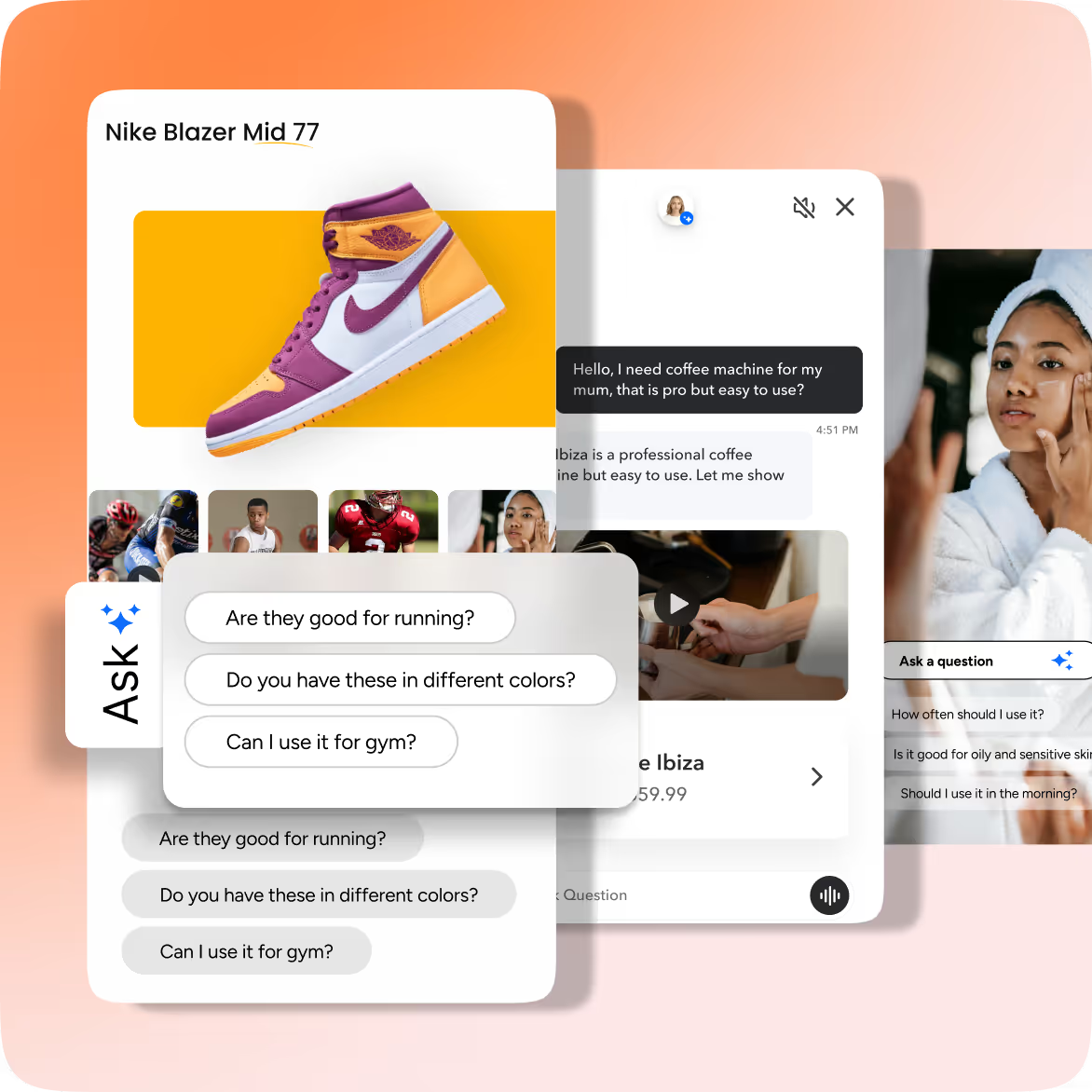
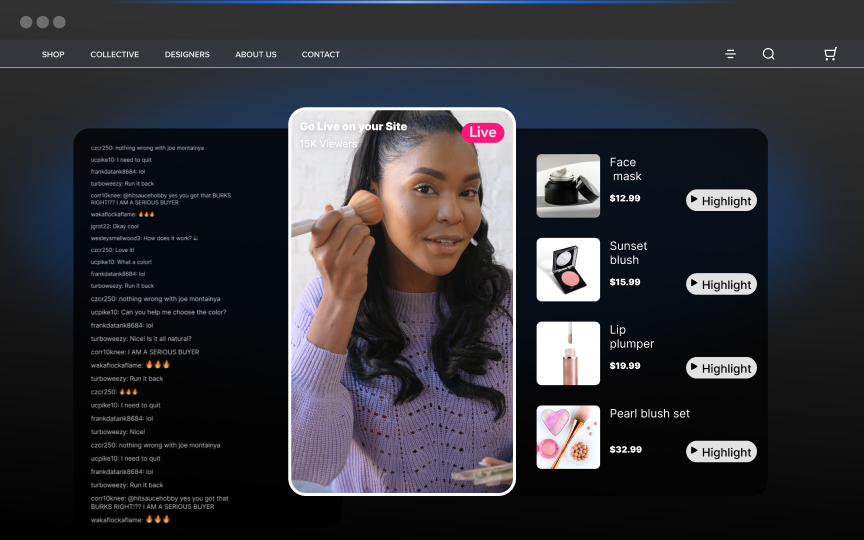
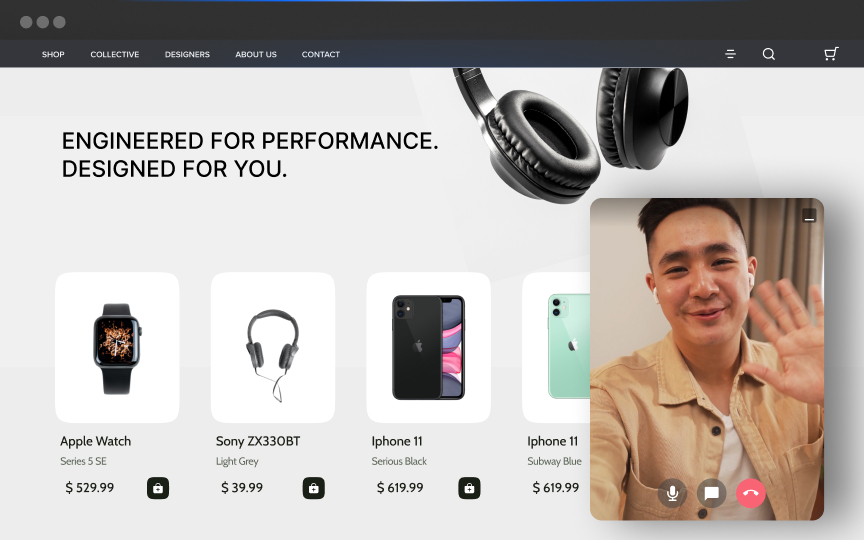


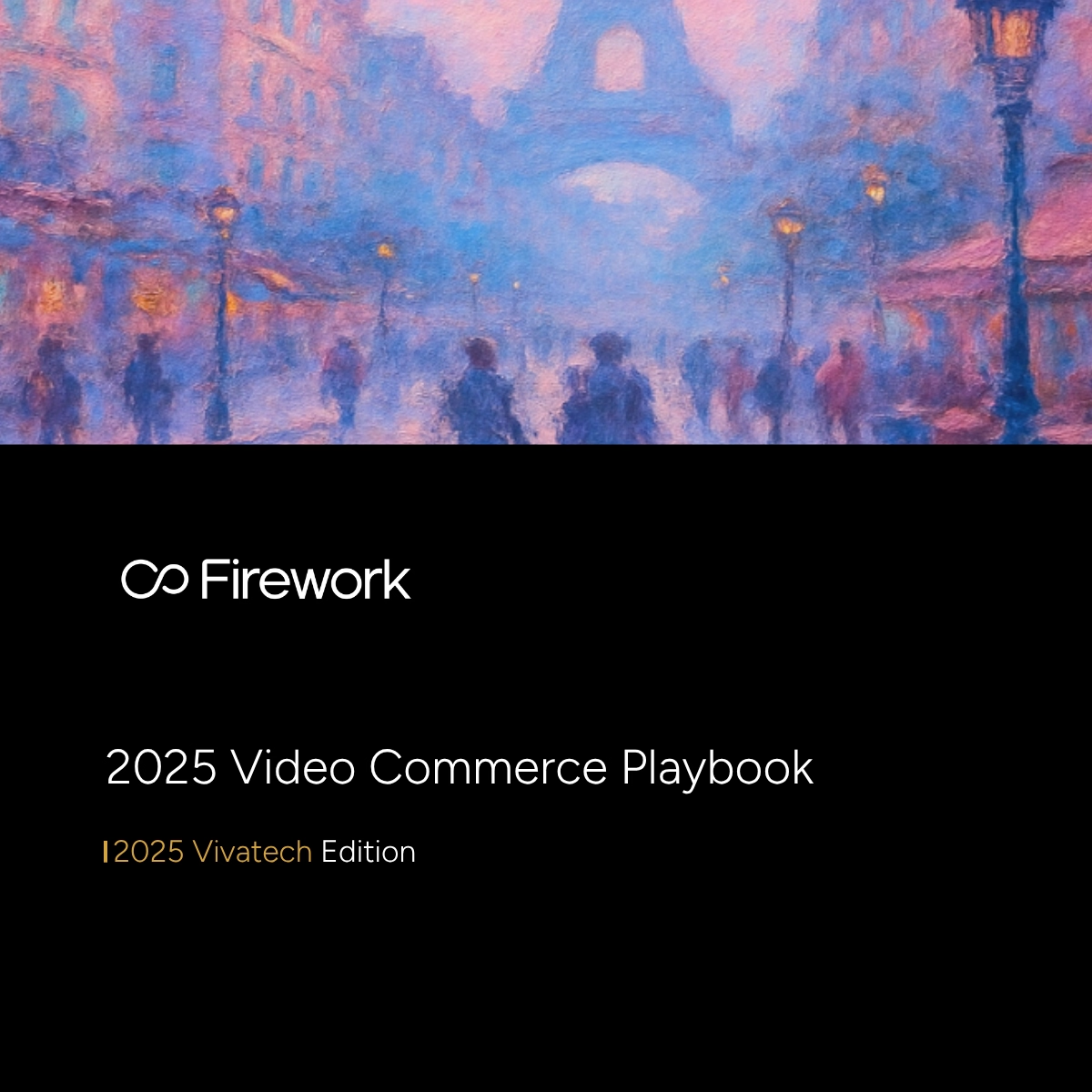
















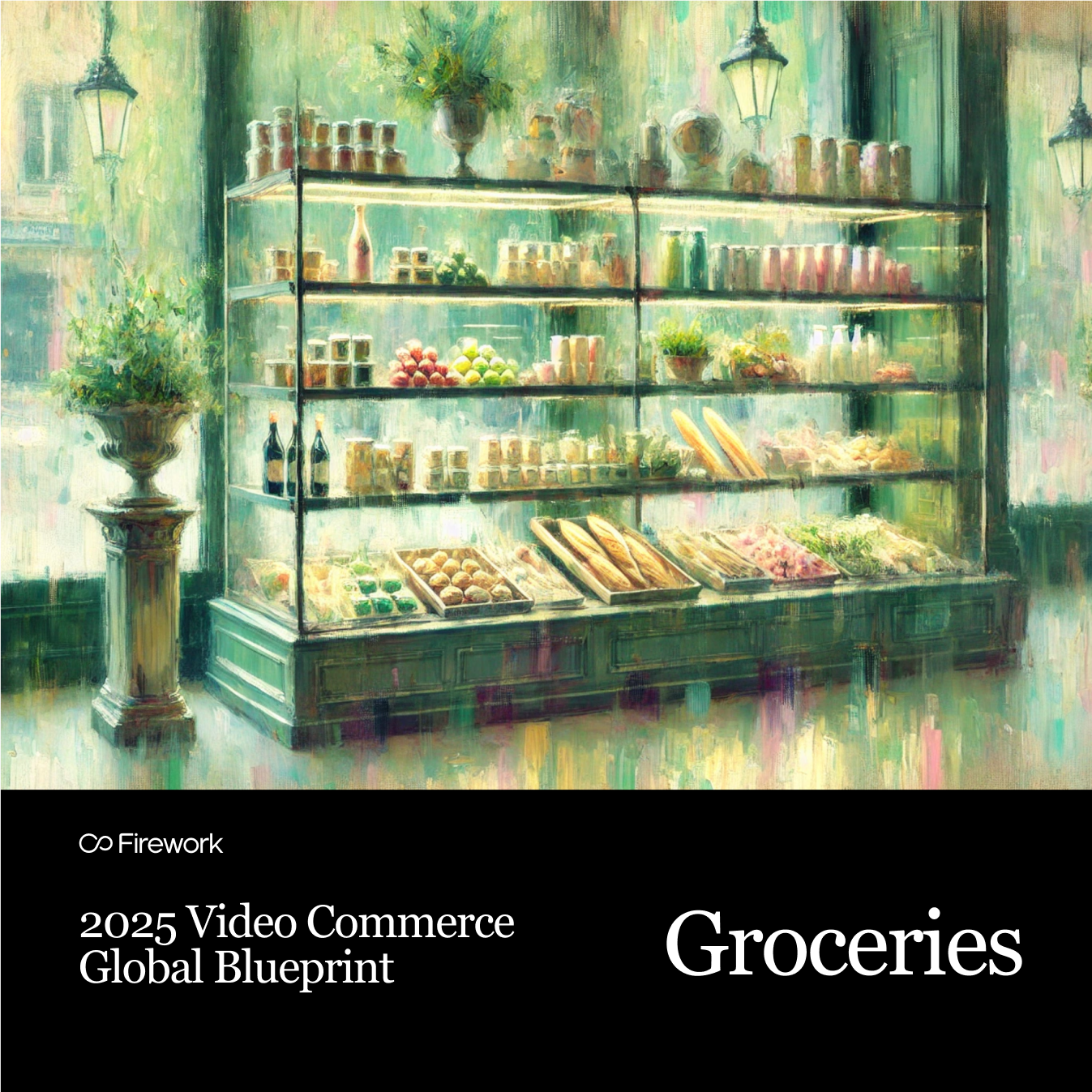


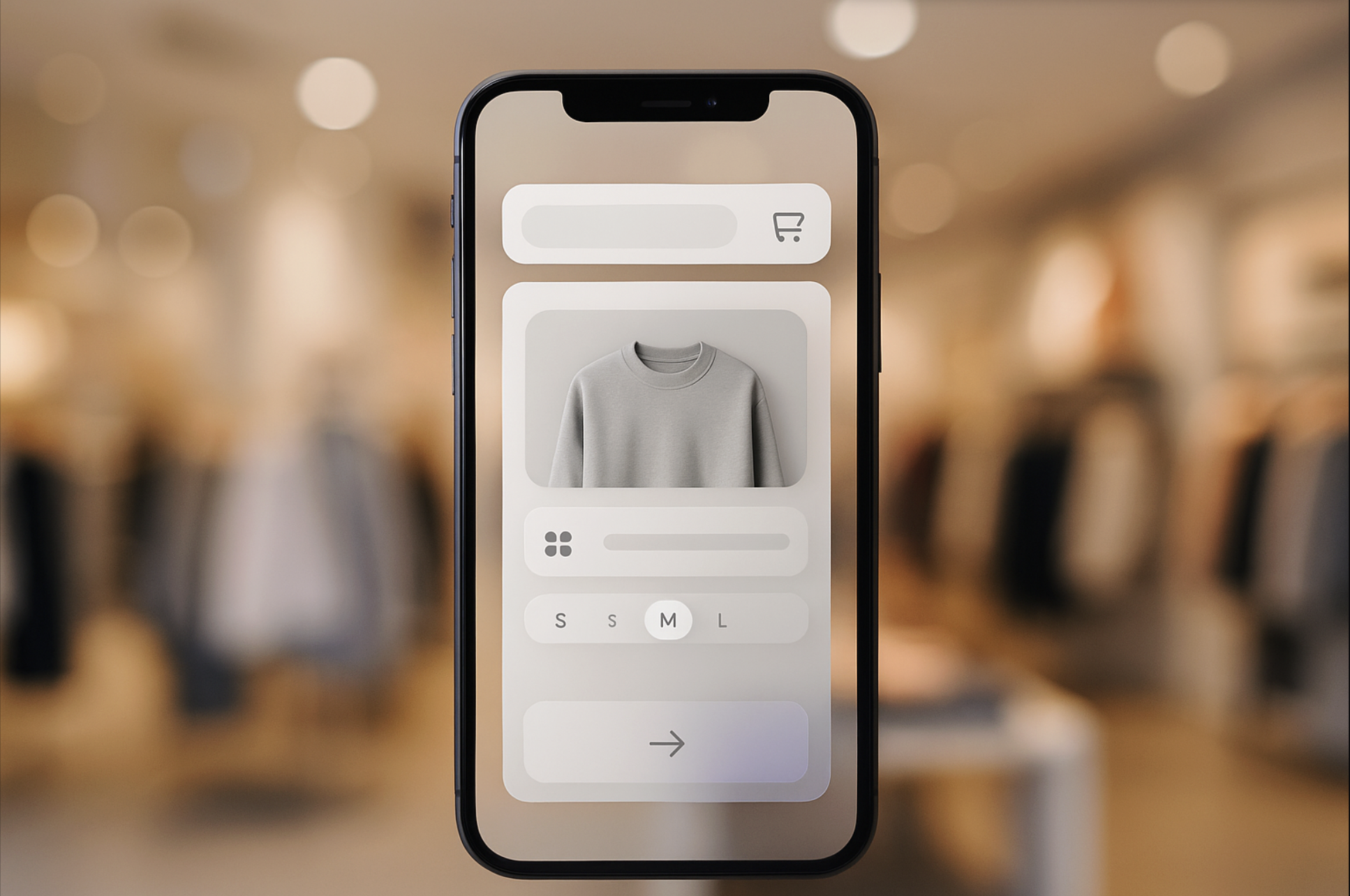



.jpg)
